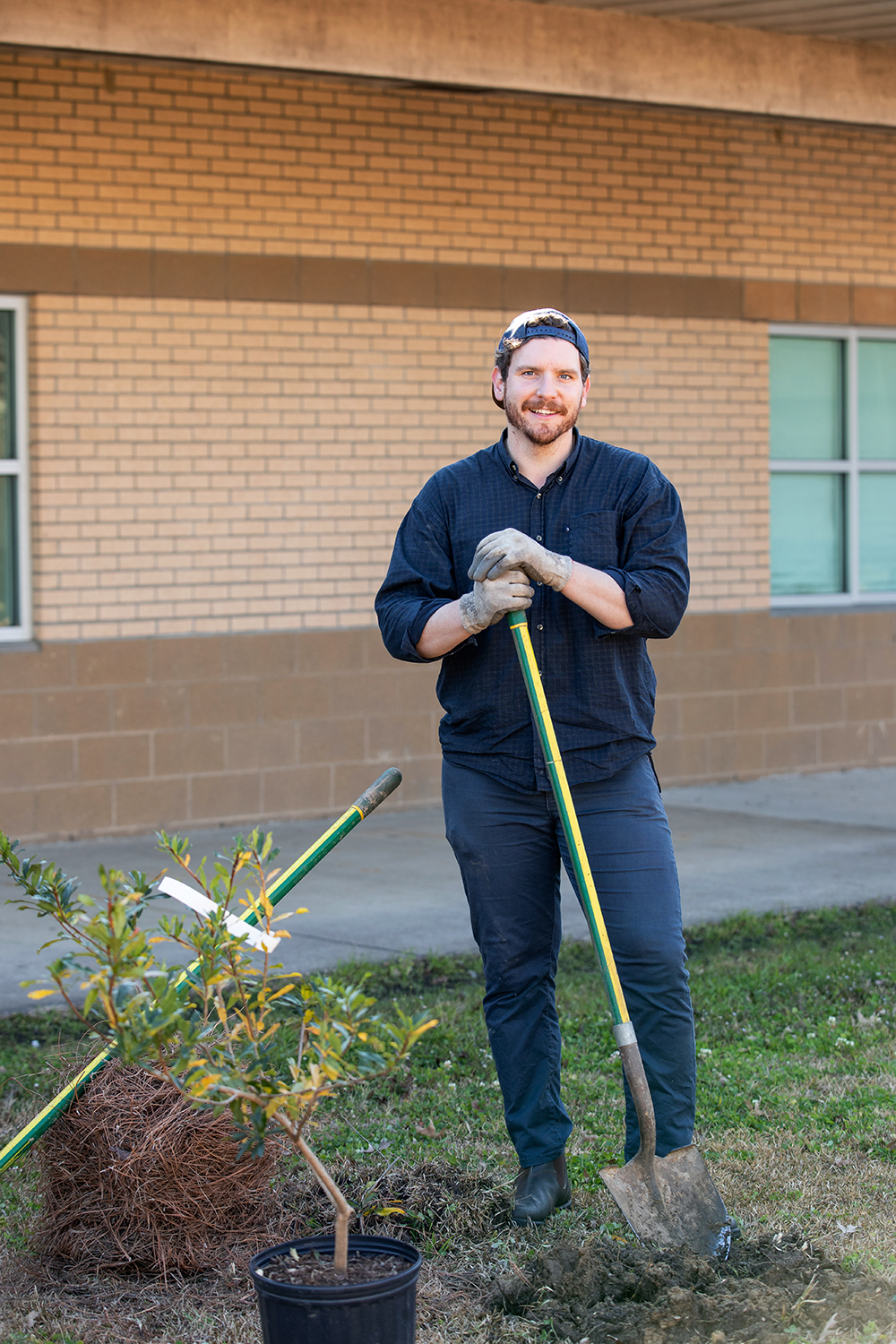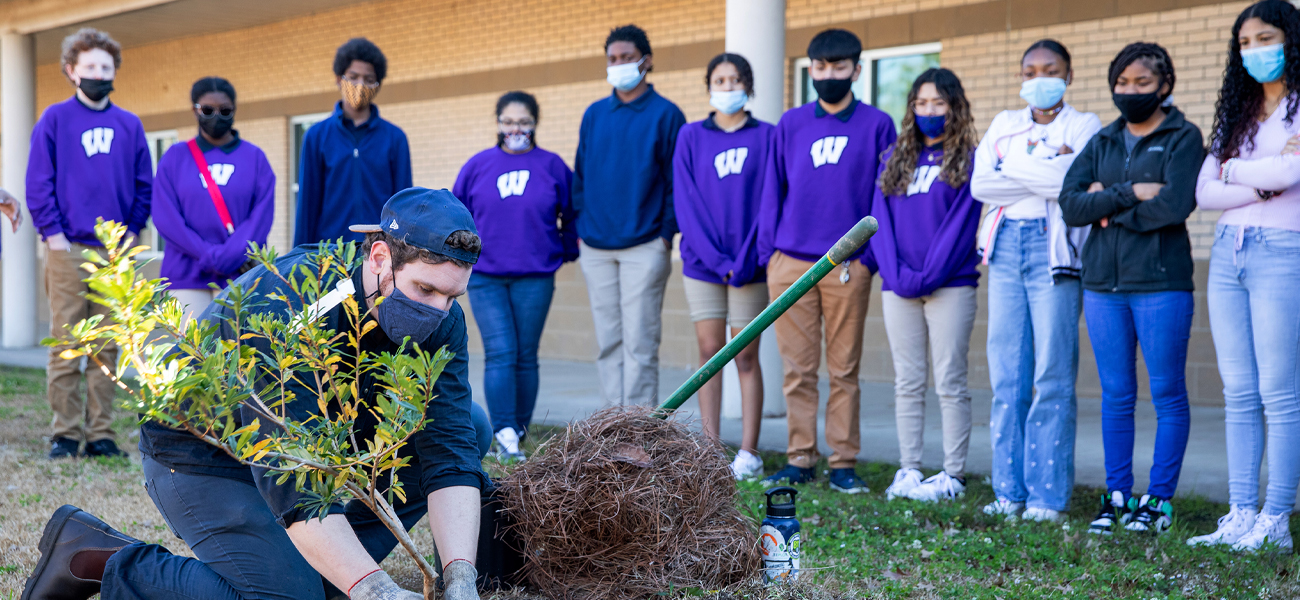Terms like “urban canopy” and “green infrastructure” might not mean much to most, but to the urban and community forestry wizards at nonprofit Baton Rouge Green, they mean the world.
Any time you’re strolling the streets of Baton Rouge and you happen beneath the shade of a magnolia, bald cypress or water oak, there’s a good chance you’re enjoying the organization’s handiwork.
The group first formed in 1987, when a band of ecologically minded citizens endeavored to restore, plant and maintain trees and other green things in the Red Stick.
|
|
|
The plants that pepper the Baton Rouge landscape serve an indispensable role in absorbing and diverting floodwaters, filtering airborne pollutants, controlling temperature and a host of other services, says Baton Rouge Green Executive Director Sage Foley.
But our trees provide more than just eco-benefits, Foley says. Well-landscaped retail centers attract more customers, and tree-lined streets yield higher property values, she explains, citing data compiled by the University of Washington. A robust urban canopy can even positively affect crime rates and test scores of young students, according to that study.
In short, Foley says, the entire city benefits when its trees are healthy and plentiful—and Baton Rouge Green exists to make sure they are just so.
“Personally, I’ve always had an interest in trying to figure out my role in how to help our community,” Foley says. “And so far, working at Baton Rouge Green has been the best fit. I can’t think of a better way.”
She says the “bedrock” of the organization’s stewardship is the Living Roadways program, whereby she and her teammates Christopher Cooper and Robert Seemann oversee the planting and maintenance of trees along major roads and interstates in the city. The program’s benefits range from energy conservation to improved air quality to even reduced motor collision rates.
Living Roadways will soon undertake the leviathan task of planting more than 500 trees to compensate for those that must be removed for the upcoming I-10 widening project.
Baton Rouge Green maintains a host of other programs like City Citrus, which organizes volunteers to help harvest citrus orchards in unused urban green space. It also runs More than Paper, an educational outreach program that strives to inform people of the many benefits of trees beyond making products like paper and wood, adds Seeman, who also serves as state coordinator and director of operations for Baton Rouge Green.

By now, you may be wondering how what started as a community nonprofit has come to assume such a vital role in tending the ecological— and, by proxy, a large part of the economic—health of the city. There’s an interesting reason:
The United States Forestry Service allocates a yearly grant for the respective forestry agencies in every state, and a certain portion of that grant is reserved for urban and community forestry (which is what Baton Rouge Green does). But the Louisiana Department of Agriculture and Forestry has no personnel dedicated to urban and community forestry. That’s where the folks at Baton Rouge Green step in.
“The state recognized they were short on staff in a key area,” Seemann says. “And instead of trying to plug someone in there who didn’t have a lot of experience … they put it in the hands of an organization that lives and breathes urban forestry and has a lot of experience doing it.”
While it might seem odd that a nonprofit should fill a role typically occupied by a state agency, Seemann stresses it’s the progressive solution: It shows the state doesn’t want to mess around with something so crucial.
|
|
|
It’s clear that—perhaps quite literally—the city could not breathe without Baton Rouge Green and the plants and trees they tend.
And anyone in Baton Rouge can help. Baton Rouge Green is always looking for volunteers to help with their laundry list of initiatives—just to go batonrougegreen.com and look for the tab that says “get involved.”
This article was originally published in the April 2022 issue of 225 magazine.





